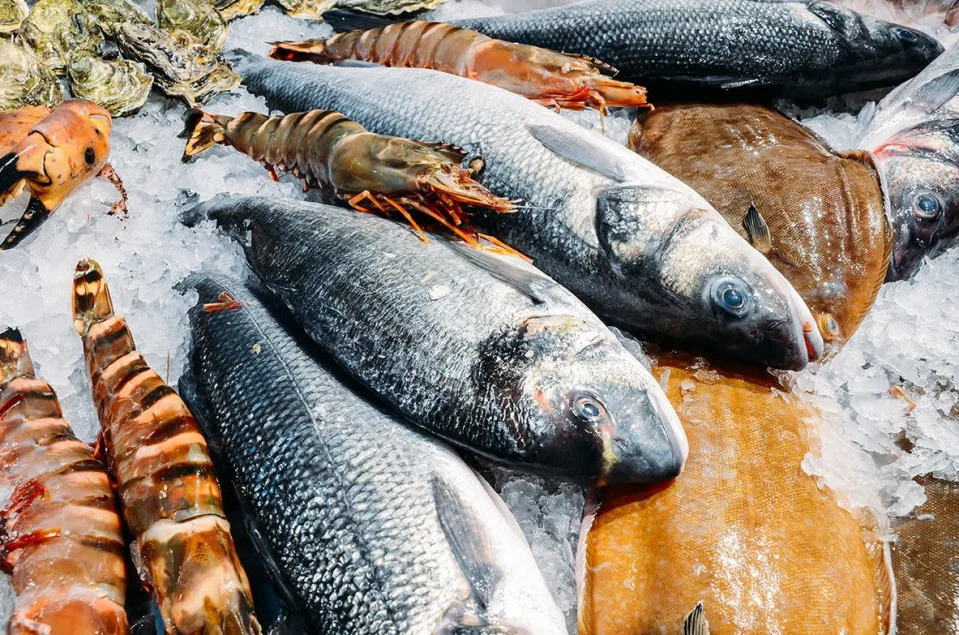60% of food poisoning occurs at home, so it is urgent to implement a plan to protect yourself and your family. When summer arrives, digestive problems multiply, but you have to be very attentive to the symptoms.
Food poisoning increases by 25% during the summer, compared to the rest of the year. It is estimated that 2 out of 10 people may suffer from abdominal pain, vomiting, diarrhoea, even fever, so if the symptoms persist for more than three days, do not hesitate to see your doctor. The most worrying figure is that 60% of poisonings take place at home.
Leandro Palomo, head of Health and Safety at TK Home Solutions, warns that “in summer, we must be very careful with food, since most poisonings are caused by not having been as careful as we should in our own home . Special attention must be paid to older people, who may have more problems detecting spoiled food because their sense of smell and sight also age over time. It is important that they have their home adapted to easily access the bathroom, without barriers, and not neglect hygiene. From TK Home Solutions we wanted to prepare this small guide so that we know how to treat food at home and we can enjoy a summer without worries”.
For this reason, it is important to pay attention to the most vulnerable people, such as our elders and children, so that they consume healthy and risk-free products. The foods that can usually cause food poisoning are unpasteurized juices, fresh cheeses or undercooked animal products…
To begin with, your hands must be well washed when you go to cook or handle food. Take care to change kitchen towels often or use disposable paper to dry raw food.
Wash the food

Vegetables and vegetables usually have traces of dirt, so you can give them a water before storing them. Some fruits develop mold on the surface, you have to throw it away, do not take advantage of it because it has been able to spread to the rest of the piece.
Red or white meat is not washed, however it is necessary to wash the egg shells well with water, because they can transmit the salmonella bacteria. It is part of the tricks formaintain a safe kitchen and avoid accidents.
When you buy, take a look at the expiration dates and also the ingredients, if it is precooked or processed, because they must detail the allergenic elements of the food. Once the sausage packages are opened, you should consume them within 3 or 4 days. Of course, you should dispose of cans of preserves that are damaged or bulging when you buy or at home.
Avoid cross contamination
Separate the food well in the shopping bag and also when you prepare it to put it in the fridge or freezer. When you handle uncooked meat, fish or vegetables you should not use the same knife, it also hasdisadvantages of using the wooden cutting board.
Cross-contamination can occur at any time, for example if you use the same plate to put a raw chicken fillet and the same piece once grilled or cooked. Each food must have different containers, so use glass or plastic containers with lids or sealed bags so that liquids do not spill.
When you serve a dish at the table, it is better that each guest has their own. The pandemic has taught us not to share food or eat from the same container, so each person must use their own cutlery.
Another good tip, when you go on vacation or are not at home, it is better to drink bottled water and avoid ice cubes, which can transmit diseases.
Refrigerate and freeze food well

The refrigerator must have the optimum temperature, between 4ºC or 5ºC. As soon as you arrive home with the purchase, or at most two hours after arriving from the supermarket, put all the food that needs refrigeration in the refrigerator. The eggs are better in the cardboard box than in the tray on the refrigerator door, it is even convenient that you put them in the central area of the refrigerator. The important iskeep order in the fridge.
Pay special attention to meat and fish. Remove the entrails from the fish to prevent Anisakis poisoning and check the areas near the stomach. Freeze hake, whiting or anchovies for 5 days, at -20ºC.
If you already have the menu in mind, thaw the food in the fridge and keep it from being at room temperature, because bacteria multiply very quickly. It is also not recommended to defrost in the microwave or by putting the pieces under the sink faucet.
The refrigerator must always be well clean and organizedand, of course, clean up immediately whenever sauce, juice, or milk spills inside.
Cook the ingredients well

Have the menus prepared with time orpractice batch cooking in tupperware It is an excellent option, but try to heat the food, in the microwave and evenly, for at least two minutes at about 75ºC before consuming it. If we cook, but we are not going to eat at the moment, it is preferable to keep the food at room temperature, rather than reheating it. When it cools, put it in the fridge or in the freezer if you prefer to consume it another day.
The meat is better if it is well done, especially when they arehealthy and tasty recipes with chickenor pork, also the eggs, much better if you consume them when they are curdled. If you are cooking a sponge cake or pizza dough, do not taste the dough raw because it may be contaminated.
You can consume food leftovers, as long as they have been in the fridge and never more than 3 or 4 days after cooking.

